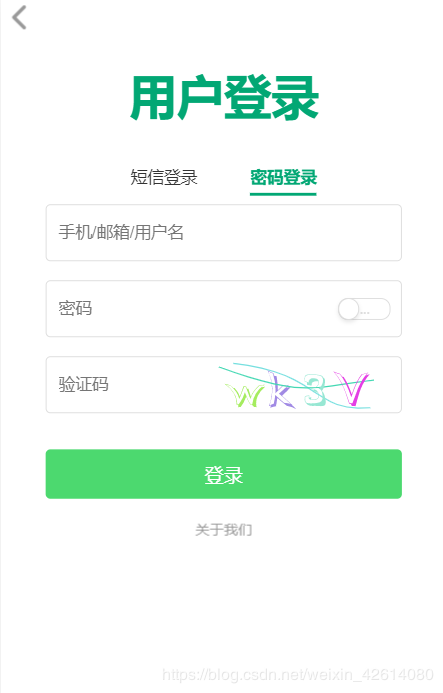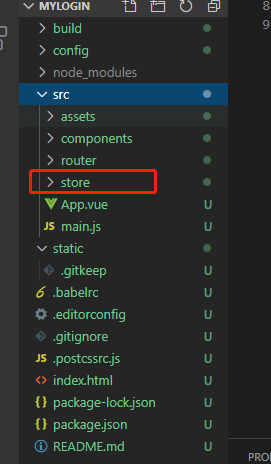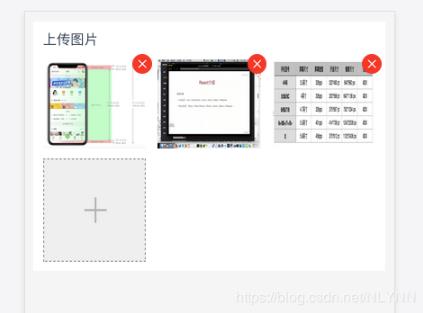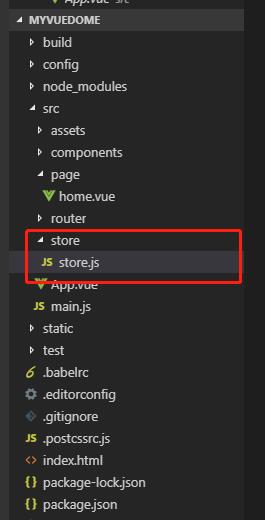北京园林的色彩大多为金黄或大红,色彩明丽。有时,在万绿丛中见一道飞檐,黄绿相间,相映成趣。大多数宫殿者哺着琉璃瓦,大红色的棱、柱过于庄重,而幽雅倒显得欠缺。也有例外的,潭拓寺的大殿都是由灰色方砖铺地,墙壁也都是灰暗的,同周围的景色浑然一体。 "苔痕上阶绿,草色入帘青 ",古朴淡雅,别具风采。
一、vue 实现用户登录方式的切换
在 data 当中,定义一个标识符 loginWay,用来表示是用短信登录还是密码登录,true代表短信登录,false 代表密码登录,代码如下所示:
data() {
return {
loginWay: true
}
}
在短信登录和密码登录上,进行动态样式绑定,loginWay为true就短信登录绑定动态样式on,loginWay为false就密码登录绑定动态样式on,并且也绑定点击事件,进行设置 loginWay的true和false,代码如下所示:
<h2 class="login_logo">用户登录</h2>
<div class="login_header_title">
<a rel="nofollow noopener noreferrer" href="javascript:;" rel="external nofollow" rel="external nofollow" rel="external nofollow" :class="{on: loginWay}" @click="loginWay = true">短信登录</a>
<a rel="nofollow noopener noreferrer" href="javascript:;" rel="external nofollow" rel="external nofollow" rel="external nofollow" :class="{on: !loginWay}" @click="loginWay = false">密码登录</a>
</div>
对于短信登录和密码登录的内容,同样也设置动态样式绑定。当为loginWay为true 的时候设置短信登录为on,当为loginWay为false 的时候设置密码登录为on,代码如下所示:
<div :class="{on: loginWay}">
<section class="login_message">
<input type="tel" maxlength="11" placeholder="手机号">
<button disabled="disabled" class="get_verification">获取验证码</button>
</section>
<section class="login_verification">
<input type="tel" maxlength="8" placeholder="验证码">
</section>
<section class="login_hint">
温馨提示:未注册帐号的手机号,登录时将自动注册,且代表已同意
<a rel="nofollow noopener noreferrer" href="javascript:;" rel="external nofollow" rel="external nofollow" rel="external nofollow" >《用户服务协议》</a>
</section>
</div>
<div :class="{on: !loginWay}">
<section>
<section class="login_message">
<input type="tel" maxlength="11" placeholder="手机/邮箱/用户名">
</section>
<section class="login_verification">
<input type="tel" maxlength="8" placeholder="密码">
<div class="switch_button off">
<div class="switch_circle"></div>
<span class="switch_text">...</span>
</div>
</section>
<section class="login_message">
<input type="text" maxlength="11" placeholder="验证码">
<img class="get_verification" src="./images/captcha.svg" alt="captcha">
</section>
</section>
</div>
显示效果如下所示:


总结
到此这篇关于vue 实现用户登录方式的切换功能的文章就介绍到这了,更多相关vue 登录方式切换内容请搜索以前的文章或继续浏览下面的相关文章希望大家以后多多支持!





